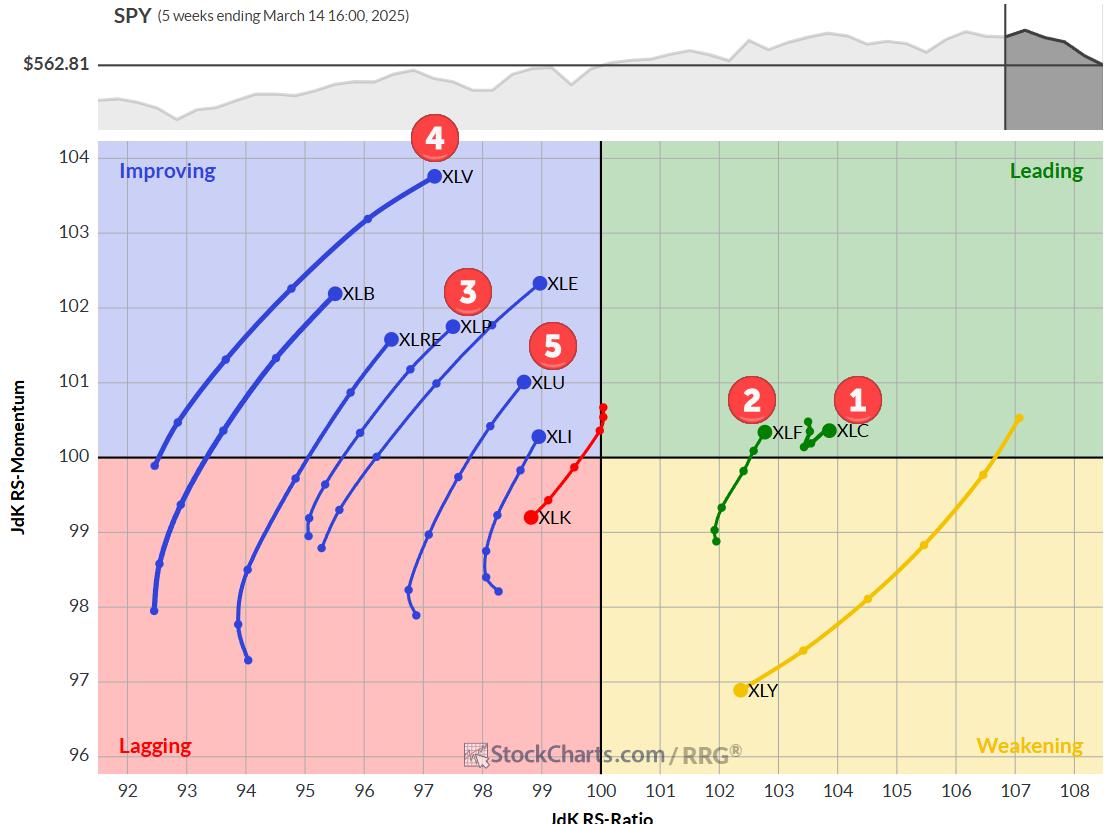
I have written 194 articles in my Dancing with the Trend blog on StockCharts.com in the past 4+ years. My intent was to educate about how markets work, offer full support of technical analysis, and tell real stories about being a money manager for the past 20+ years. I have to admit that the well has run dry; it has become difficult to come up with article ideas without repeating some that I used years ago. There are many excellent blog authors on StockCharts.com that provide blow-by-blow analysis of current markets – a never-ending source of content – I never intended to be one that did that and don't plan to start. Since I am running out of article ideas; I am planning to change the nature of my blog.
I'll continue to discuss technical analysis and money management but will specifically be providing commentary on my updated rules-based trend following model. This model is used to manage my entire investment portfolio; not only mine, but much of my family and friends.
A note on updating models:
When I was active in the money management business from 1998 to 2015, I always utilized a rules-based trend following model. When you use a rules-based model or other purely quantitative approach to managing money, you will certainly experience periods of underperformance and whipsaw trading. They can be frustrating yet are unavoidable. Many managers will go through one of those tough periods and then tweak their model to "fix" it, so they don't experience those tough times again. Truly a fool's errand! Tweaking a model to improve how it would have performed during one historical market period will just leave you exposed in a different market environment – and usually it's the one that's right over the horizon, as no one can tell what is going to happen next in the markets.
In my old firm, we knew that "tweaking" a model was the first step toward total failure. I traveled a great deal, visiting with advisors that would use our money management services, and I found out in my travels that most of the large wire house advisors also knew that tweaking models was a bad policy. They would usually ask me if I ever tweaked the model. There have been a number of money managers who were shut down because they tweaked their model to make it look better after a period of poor performance. Against the law and morally corrupt! Hence, we never tweaked the model and therefore could be perfectly honest about that in discussions with advisors.
The updated model:
After I retired from an institutional money management firm at the end of 2014, I knew that there were several components in the model that needed to be changed or replaced – not tweaks to improve historical performance over a specific time period, but more fundamental changes to make the model easier to follow real-time and to be more efficient at managing money outside of a mutual fund structure.
Around this time, I started working with my son, Grant, and together we made some significant changes that seemed to improve results when managing money in separately managed accounts (SMAs). We have been using it in real time for almost 4 years now and it is definitely a much better model. In fact, it is downright exciting. I now run both models together and it is obvious that the new changes were beneficial. I need to stress that this is still a rules-based trend following model, much like I often write about. The big improvements are the input of real-world determinations on trading execution, stop execution, and a few other things. I'll plan on addressing these in a future article.
How I provide updates on the model is what my son and I are still discussing. At this point I'm thinking along the lines of an update every time the model changes and why it has changed. Also, a periodic description of some of the model's components. I look forward to sharing more updates soon.
Enjoy the rest of the summer. I'm headed out to tee it up. My best golf hole is the 19th one.
Dance with the Trend,
Greg Morris






